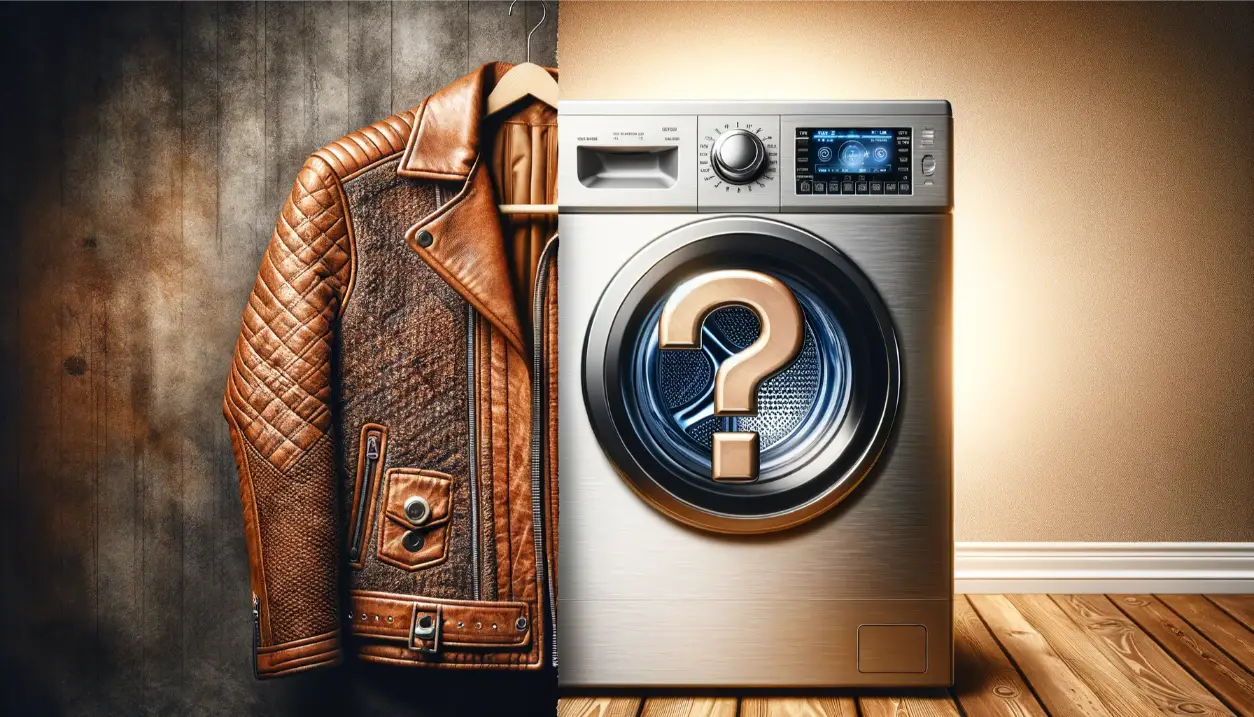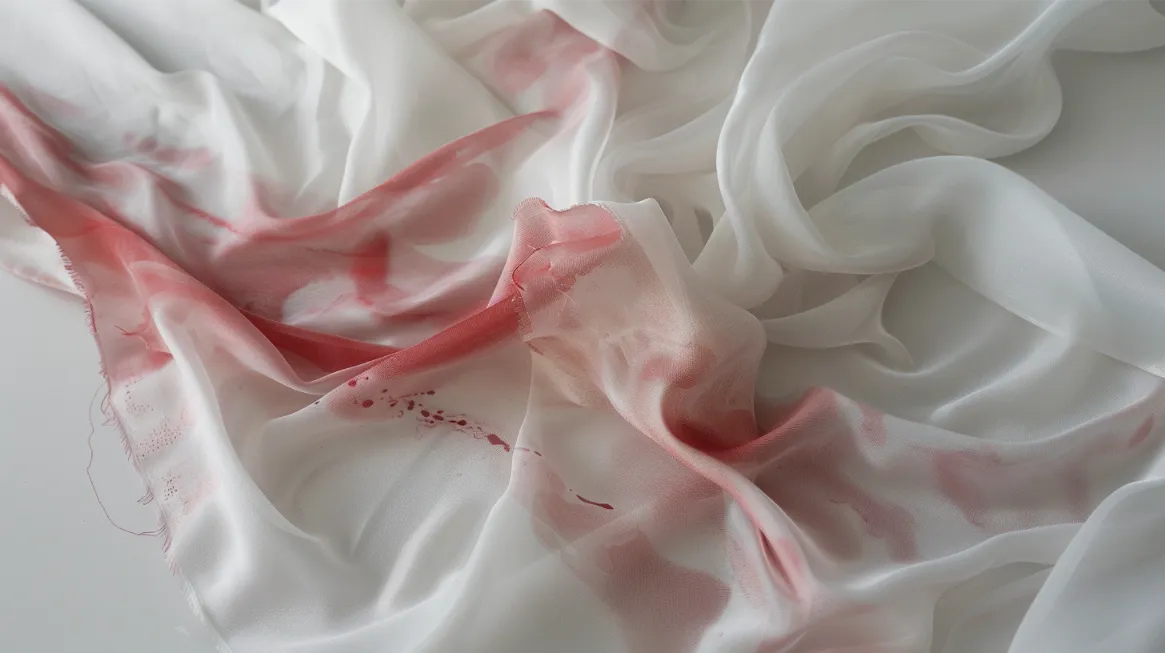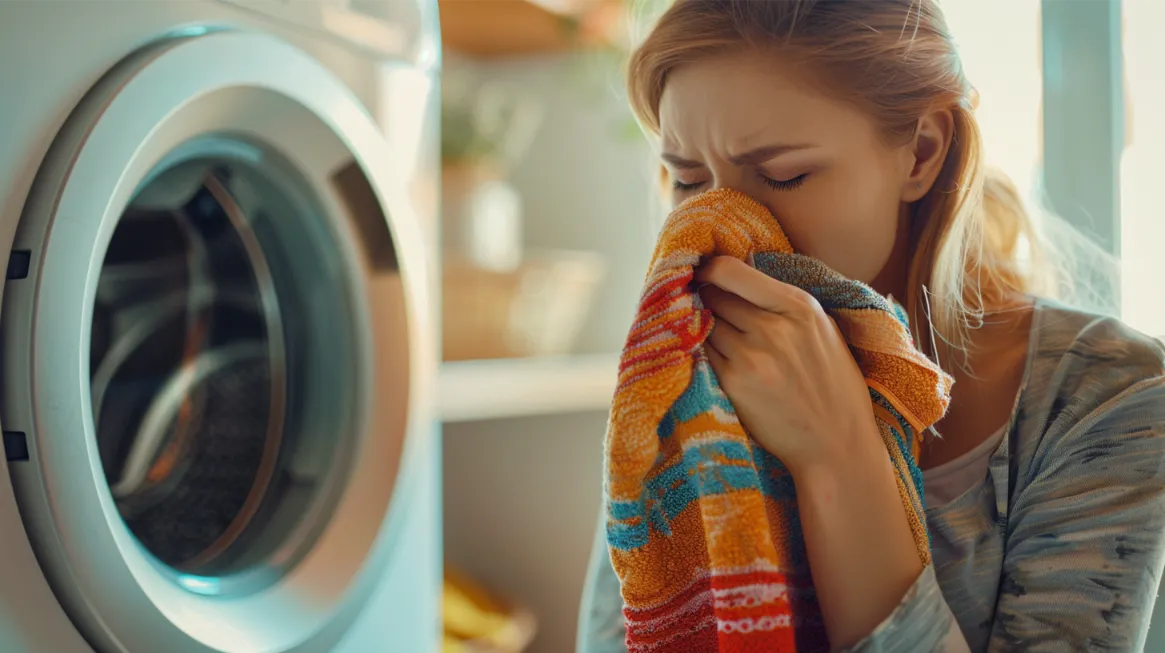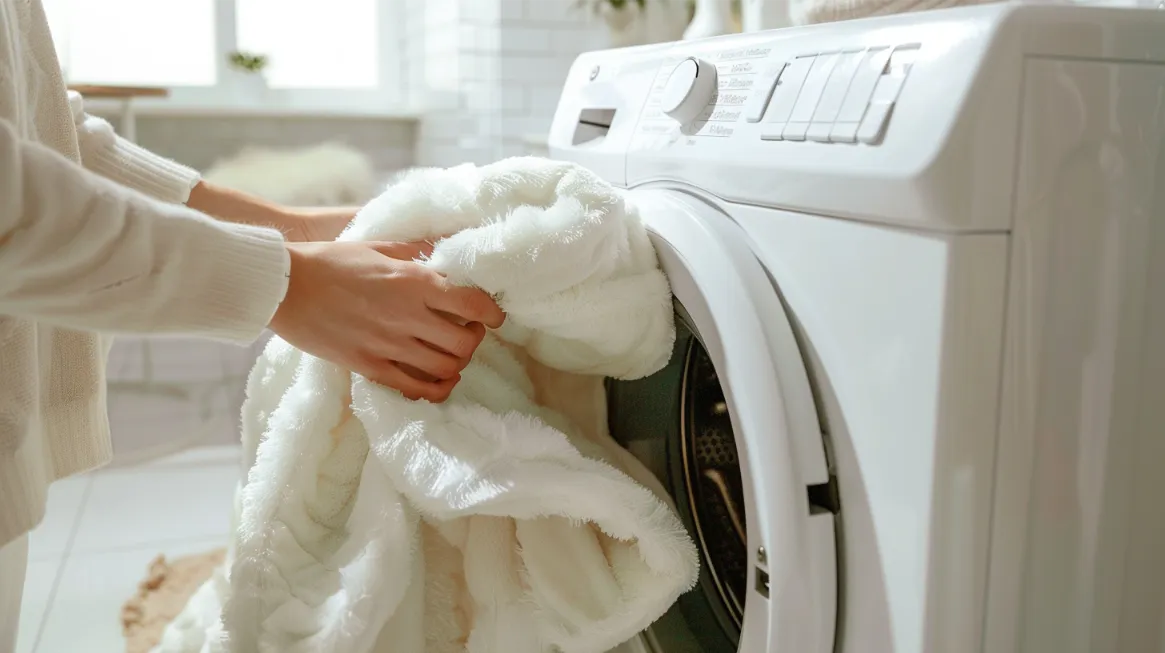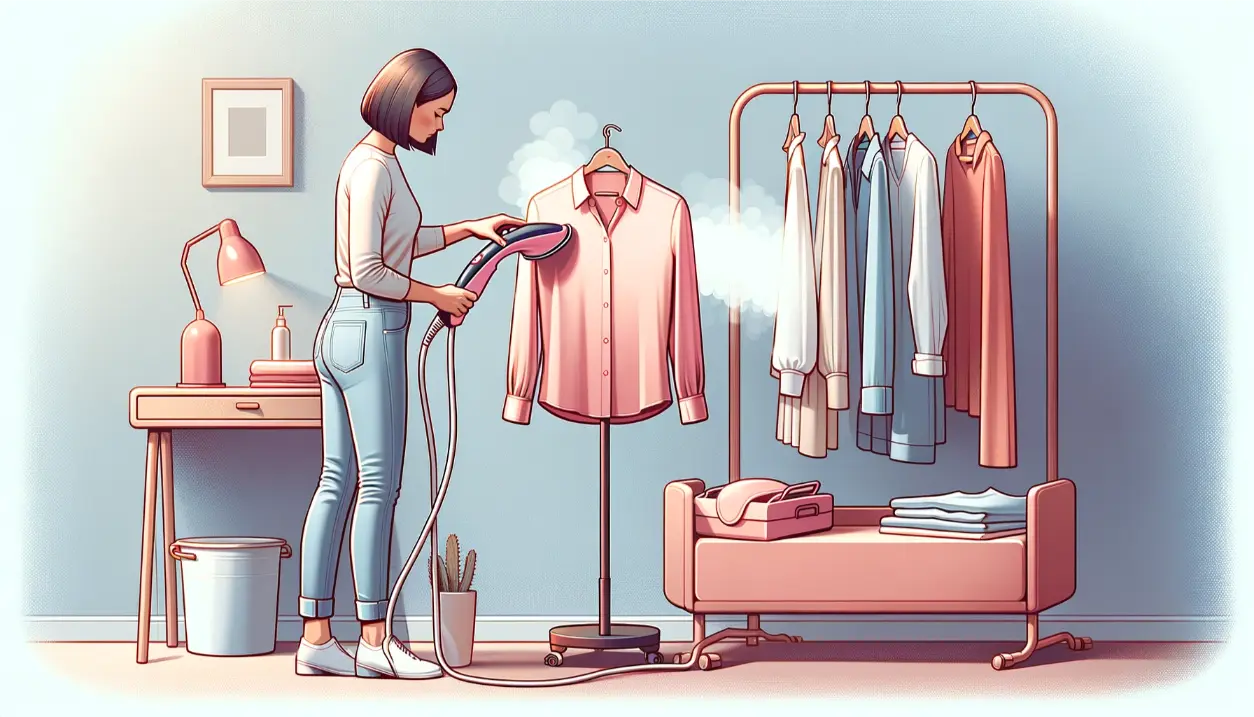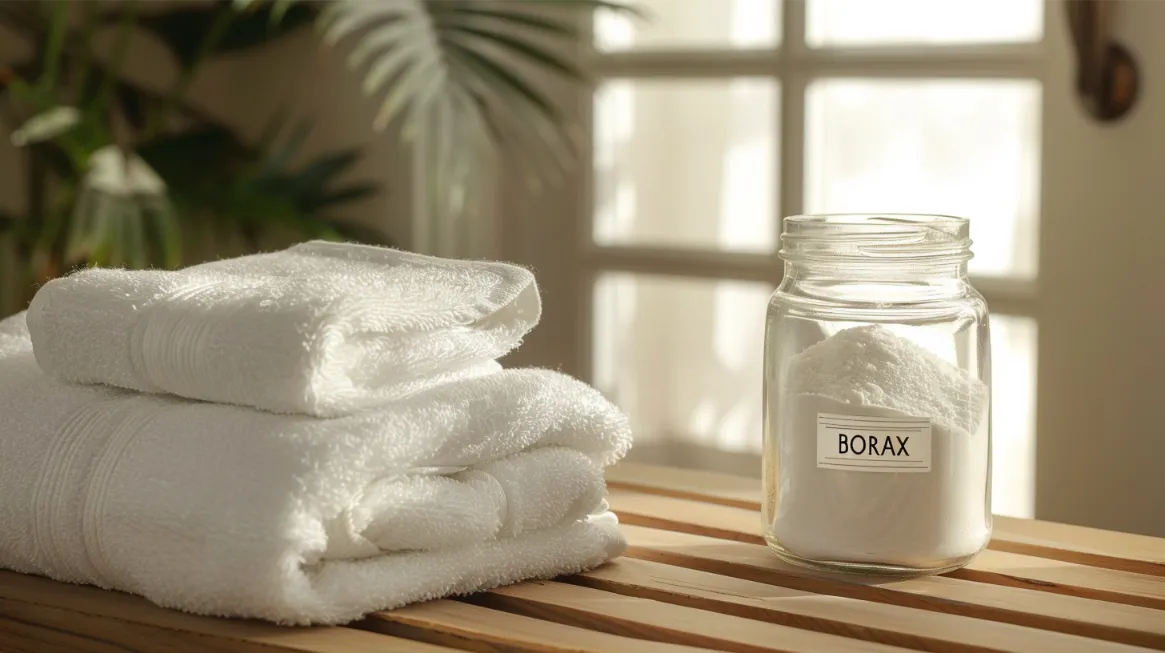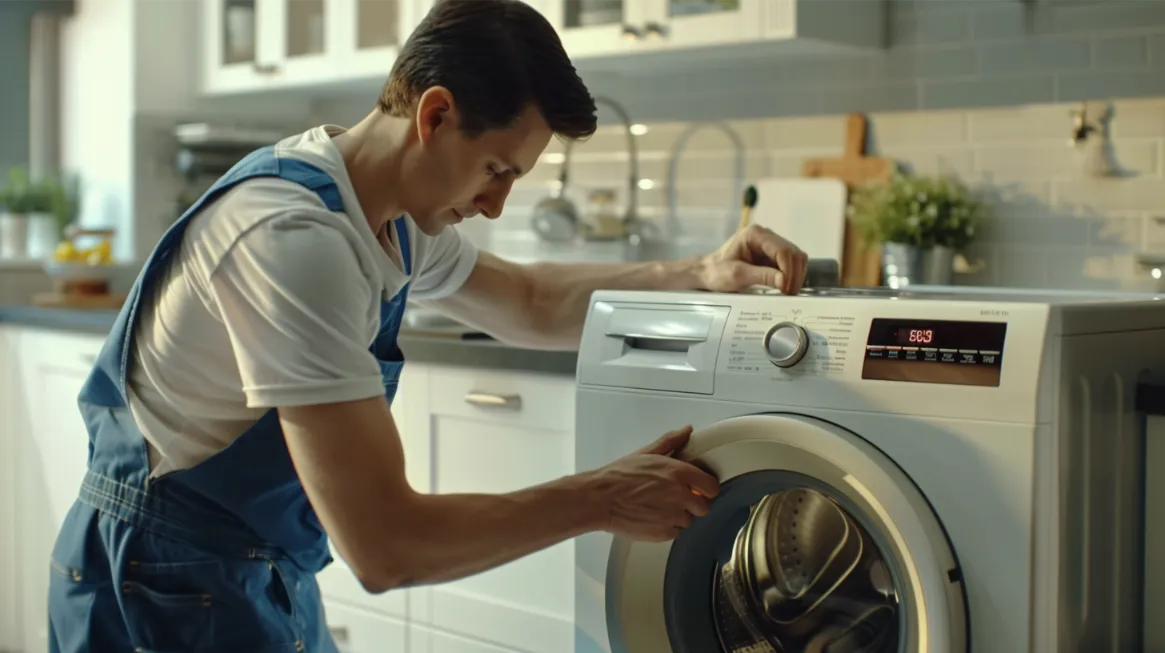Fabric softener stains on clothes can be a frustrating ordeal for many individuals. The discoloration and residue left behind by these products can be quite stubborn to remove.
However, employing specific techniques and solutions can effectively tackle this issue and restore your garments to their pristine condition. Various strategies are available to combat fabric softener stains, From household staples like vinegar and bleach to simple yet effective stain removal methods.
Understanding these seven proven approaches can make a significant difference in preserving the quality of your clothing items and keeping them fresh and stain-free.
Key Takeaways
- Vinegar solution and oxygen-based bleach effectively remove fabric softener stains.
- Soak stained items for at least 4 hours, longer for tougher stains.
- Prevent stains by properly cleaning the fabric softener dispenser and avoiding overloading the washer.
- Enhance laundry softness while preventing stains with proper dryer sheet usage and maintenance.
Vinegar Solution Wash
The efficacy of utilizing a vinegar solution wash to eliminate fabric softener stains from clothes is well-documented in laundry care practices. When dealing with fabric softener stains, adding 2 cups of distilled white vinegar to the washer can be a highly effective method. Running a wash-and-rinse cycle with vinegar helps dissolve and eliminate these stubborn stains. However, it is crucial to dilute the vinegar properly to avoid any potential damage, especially when dealing with colored fabrics.
White vinegar, known for its stain removal properties, can penetrate the fabric and break down the fabric softener residue, leaving clothes fresh and clean. By following the correct dilution and washing process, one can ensure the successful removal of fabric softener stains. Many individuals prefer this method due to its natural and cost-effective nature. The vinegar solution wash presents a reliable and efficient solution for those looking to salvage their clothes from fabric softener stains.
Oxygen-Based Bleach Soak
Oxygen-based bleach offers a potent solution for tackling fabric softener stains by effectively breaking down the oily residue.
For optimal results, submerging the stained items in an oxygen-based bleach soak for at least four hours is recommended to allow the stain-lifting properties to work their magic.
Before proceeding, always verify the garment care label to ensure the fabric is compatible with this stain removal method.
Oxygen Bleach Effectiveness
When considering the effectiveness of oxygen-based bleach in removing fabric softener stains, it is essential to recognize its ability to break down residue and lift it from fabric fibers efficiently. Oxygen-based bleach offers a powerful solution for tackling stubborn fabric softener stains, providing a reliable method for restoring the affected clothes to their original state. Here are three key points to highlight its effectiveness:
- Oxygen-based bleach targets fabric softener stains at a molecular level, ensuring thorough removal.
- The oxygen ions released during the soak react with the stains, facilitating easier removal during the wash cycle.
- This method is safe for most fabrics and colors, making it a versatile and gentle option for stain removal.
Soaking Duration Guidelines
To effectively utilize oxygen-based bleach for removing fabric softener stains, it is crucial to adhere to specific soaking duration guidelines that optimize the stain removal process. Soak stained items in an oxygen-based bleach solution for at least four hours for best results.
Oxygen-based bleach effectively breaks down fabric softener residues and stains embedded in the fabric fibers. It is important to ensure proper dilution of the oxygen-based bleach according to the package instructions to achieve optimal stain removal outcomes.
Soaking clothes in oxygen-based bleach can help lift and dissolve fabric softener stains before washing them in the machine. In tougher or set-in fabric softener stains, longer soaking durations may be necessary to remove the stains effectively.
Fabric Care Tips
Following a systematic and thorough soaking process for effective fabric care is essential when utilizing oxygen-based bleach soak to remove fabric softener stains.
- Ensure items are fully submerged in the oxygen-based bleach solution for at least four hours.
- Check fabric care labels to confirm compatibility with oxygen-based bleach.
- Wash the soaked items without detergent or fabric softener after soaking to guarantee complete stain removal.
Dryer Sheet Stain Removal
To effectively address dryer sheet stains on clothes, consider using a vinegar solution, trying baking soda, or applying lemon juice.
These methods can help break down and lift the stains from the fabric.
Use Vinegar Solution
Using a solution of distilled white vinegar in the washer has been proven effective in removing fabric softener stains from clothes.
Adding 2 cups of distilled white vinegar to the washer removes fabric softener stains.
Diluting vinegar properly is crucial to avoid direct application on colored fabrics and causing damage.
Soaking stained items in an oxygen-based bleach solution for at least four hours can help eliminate fabric softener stains.
Try Baking Soda
Utilizing baking soda as a reliable method for removing dryer sheet stains from clothes involves creating a paste with water to target specific areas on the fabric. To effectively remove fabric softener stains, gently scrub the baking soda paste onto the affected areas, allowing it to lift and absorb the residue.
Let the paste sit for a few minutes to penetrate the stains before rinsing it off. Repeat the stubborn stains until the fabric softener stains are completely removed. Baking soda’s abrasive yet gentle nature makes it an excellent option for tackling these types of stains without causing damage to the fabric.
This method offers a simple and effective solution for restoring clothes to their original state.
Use Lemon Juice
Lemon juice, renowned for its natural acidic properties, is an effective solution for breaking down fabric softener stains on clothes.
- Apply lemon juice directly to the stained area before laundering the garment.
- Allow the lemon juice to sit on the stain for a few minutes to penetrate the fabric.
- After treating the fabric softener stain with lemon juice, wash the garment as usual.
The acidity of lemon juice assists in lifting the residue from the fabric fibers, making it an excellent natural remedy for tackling stubborn fabric softener stains. Following these simple steps, you can effectively use lemon juice to help restore your clothes to their pristine condition.
Liquid Fabric Softener Shake and Dilute
Before adding liquid fabric softener to your washer, it is crucial to shake it well and dilute it with warm water to ensure even distribution and prevent concentrated residue that can lead to stains on your clothes. Shaking the liquid fabric softener before each use and diluting it with warm water can help reduce the risk of stains on your clothing. Properly diluted fabric softener prevents stains and ensures that it is evenly distributed during the wash cycle, effectively softening your fabrics.
Diluting liquid fabric softener with warm water is a simple yet essential step in your laundry routine. This process helps to prevent the fabric softener from clumping or leaving concentrated spots on your clothes, which can be difficult to remove. By following these steps diligently, you can maintain the quality of your clothes and keep them free from any unwanted fabric softener stains. Remember, a little precaution can go a long way in ensuring your laundry comes out fresh and clean.
Dispenser Cleaning
Regular cleaning is essential to maintain the cleanliness and effectiveness of your fabric softener dispenser to prevent residue buildup that can lead to stains on your clothes during the wash cycle. Here are some key points to consider when cleaning your fabric softener dispenser:
- Use Vinegar and Water Mixture: Create a solution of vinegar and water to clean the dispenser effectively. Vinegar helps break down any residue or buildup that may be present, ensuring a thorough cleaning.
- Inspect for Residue: Regularly check the fabric softener dispenser for any visible residue. Removing any buildup can prevent it from transferring onto your clothes and causing stains.
- Scrub and Rinse: When cleaning the dispenser, scrub all the nooks and crannies where residue can hide. Thoroughly rinse the dispenser to ensure no cleaning solution remains, which could lead to stains on your laundry.
Washer Overload Prevention
Properly managing the load capacity of your washer is crucial in preventing fabric softener stains on clothes and ensuring effective cleaning results. Overloading the washer can lead to issues such as streaking or spotting on clothes due to fabric softener residue.
To prevent fabric softener stains, it is essential to properly space out clothes in the washer and avoid packing them too tightly. Adequate room for water and detergent circulation is necessary to help remove fabric softener residue.
Following the washer’s load capacity guidelines is key to preventing fabric softener stains on clothes. Adhering to these guidelines allows enough room for water to thoroughly rinse the clothes, ensuring that fabric softener is properly washed away.
Proper water flow and detergent distribution are crucial in achieving clean, fabric-softener-stain-free clothes. By preventing washer overload and allowing for proper water circulation, you can maintain the quality of your laundry and avoid fabric softener stains.
Proper Dryer Sheet Usage
Utilize dryer sheets by placing them atop the clothes before initiating the drying cycle to prevent direct contact with fabrics and ensure effective softening.
- Distribute dryer sheets evenly among the clothes for optimal softening results.
- Avoid overloading the dryer to facilitate proper circulation and distribution of the fabric softener from the dryer sheet.
- Promptly remove clothes after the drying cycle to prevent fabric softener residue from setting in.
Proper usage of dryer sheets not only enhances the softness of your laundry but also reduces the risk of fabric softener staining. By following these simple steps, you can make the most of your fabric softener while keeping your clothes free from unwanted marks.
Remember to clean the dryer lint trap regularly to maintain the performance of the dryer sheets and prevent any potential staining issues.
Frequently Asked Questions
Can Fabric Softener Stains Be Removed?
Fabric softener stains can be effectively removed through immediate treatment and proper washing techniques. Utilizing enzyme-based detergents and pre-treating stains can enhance the removal process. Preventing fabric softener residue buildup is key to avoiding future staining on clothes.
How Do You Remove Fabric Softener From Clothing?
To effectively remove fabric softener from clothing, begin by rinsing the stain with hot water and applying a concentrated laundry detergent or pure white soap. Gently rub the fabric to break down the residue; consider using a scrubbing brush for stubborn stains, then thoroughly rinse and air dry.
Will Dawn Dish Soap Remove Fabric Softener Stains?
Dawn dish soap’s potent degreasing properties make it a promising candidate for eliminating fabric softener stains. Its reputation for synthesizing oils and residues with gentleness on fabrics has positioned it as a versatile and effective stain remover.
How do you make fabric softeners that do not stain clothes?
To prevent fabric softener from staining clothes, dilute it with warm water before adding to the washer, opt for mineral-based softeners with no oily residues, avoid overloading the washer, pre-treat stains with concentrated detergent or enzyme-based removers, and air dry post-treatment for thorough removal.


